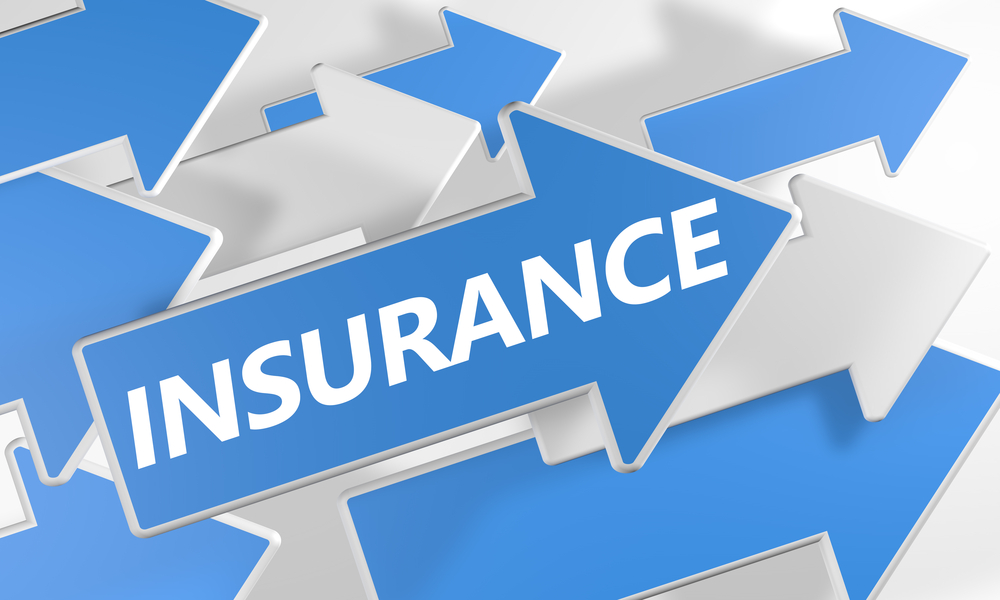Note: This article first appeared at NerdWallet.com. Clickhere to read the original.
|Between obtaining coverage for your home, your car and yourfamily’s health, taking care of your insurance needs can beexhausting. If you’re like most people, you don’t take the time (orhave the desire) to consider the ins and outs of all of yourpolicies.
|“Consumers’ primary experience with insurance is being forced tocontemplate unpleasant circumstances,” said Zach Finn, professorand director of the Davey Risk Management and Insurance Program atButler University. “They will derive no value from the productunless tragedy befalls them. Seriously, who wants to be a party tothat transaction?”
|Fortunately, you don’t have to be an expert to make betterdecisions about your insurance. Understanding these four tips cango a long way toward getting you the protection you need.
||
1. You probably need more and lessinsurance
|According to Finn, “Insurance is meant to cover exposures thatwill ruin your life and not your year.”
|Adds Terri Vaughan, interim dean of Drake University’s Collegeof Business and Public Administration, “Most consumers havedeductibles and liability limits that are far too low.”
|What does this mean for you? Forget about having to cut back onpresents over the holidays — worry about having to raid your kids’college funds. An expensive car repair won’t hurt you in the longterm, but being sued might.
|If you can afford a low deductible and a high liability limit,that’s great. Otherwise, opt for a higher deductible and protectyourself against last-minute expenses with an emergency fundinstead.
|“Higher deductibles yield guaranteed savings in premium withonly the potential for higher costs,” point out Kristopher Preslerand Herschel Day, professors of actuarial science at the Universityof Wisconsin-Eau Claire.
|Then use the savings in your monthly premium to buy more liabilitycoverage. The amount you carry should equal your net worth.
|“Raising your auto physical damage and homeowner’s insurancedeductibles to $2,500 should net you roughly $250 in savings peryear, depending on where they were to begin with. Oddlyenough, $250 should be enough to buy a $1 million umbrellapolicy,” recommends Finn. This will protect you from liabilityjudgments above and beyond your auto and home policies’ typicallimits.
||
2. Your insurance needs change over time
|Unfortunately, no one insurance plan will fit you for the restof your life. The amount and types of coverage you need oftenchange from year to year, or even more often.
|Some of your assets – like your home – will probably need moreprotection over the years, as rebuilding costs rise and you makeimprovements. Other assets will need less protection as they age.“Limits and coverages should be reviewed annually, especially witha depreciating asset such as an automobile,” Presler and Daysaid.
|“Many people buy collisionand comprehensive insurance when they shouldn’t,” suggestsVaughan. These add-ons are often worthwhile in a new car, but notfor a 4- or 5-year-old vehicle. Your liability limits should remainthe same.
|And while you’re revisiting your coverage, get quotes from a fewinsurers. “Shopping for insurance often provides short-termsavings,” Presler and Day said.
||
3. Your insurer always has surprises instore
|Every year, companies alter their policies, adding exclusions, and new coverage options anddiscounts. When you reassess your coverage, ask your agent toexplain any new developments. Some of these changes may save – orcost – you money.
|To Vaughan, the most interesting new trend in insurance –especially autoinsurance – is the increasing granularity of premiums.
|“Companies are starting to use telematics, where some electronicdevice records where and when you are driving,” Vaughan says. “It is possible to even look at how you drive. How do you brake ata stop sign? How quickly do you turn corners or accelerate?”
|What does this mean for consumers? “Driving well is going to beincreasingly important. Good drivers will pay less, and baddrivers will pay more,” Vaughan says.
||
4. There’s a right time to get covered
|Whether you’re shopping for flood insurance, earthquakecoverage, life insurance or other policies, be proactive. It soundsobvious, but the right time to buy a policy is before you have aproblem, not after you’ve already suffered a loss or disqualifyingevent.
|Take life insurance, for example. “The time to buy a nicewhole lifeinsurance policy that can build a reasonable cash value isright after school, when the cost is low and insurability is allbut certain. Consumers who wait for kids to buy life coverage mayfind that they have since become uninsurable,” Finn says.
|While some may decide to purchase a term policy or wait a fewyears after graduating, it’s best to be proactive about anyinsurance you may need. See an agent you trust to discuss yourcoverage options, risks and financial situation.
|The bottom line
|When it comes to insurance, the most important thing you can dois stay informed — and keep your agent in the loop. Let him or herknow about any changes to your assets and stay up-to-date on thepolicies you have, as well as any you may need. It will take time,but if you ever have to make a claim, you won’t have to wonder ifyou’re covered.
Want to continue reading?
Become a Free PropertyCasualty360 Digital Reader
Your access to unlimited PropertyCasualty360 content isn’t changing.
Once you are an ALM digital member, you’ll receive:
- All PropertyCasualty360.com news coverage, best practices, and in-depth analysis.
- Educational webcasts, resources from industry leaders, and informative newsletters.
- Other award-winning websites including BenefitsPRO.com and ThinkAdvisor.com.
Already have an account? Sign In
© 2024 ALM Global, LLC, All Rights Reserved. Request academic re-use from www.copyright.com. All other uses, submit a request to [email protected]. For more information visit Asset & Logo Licensing.








